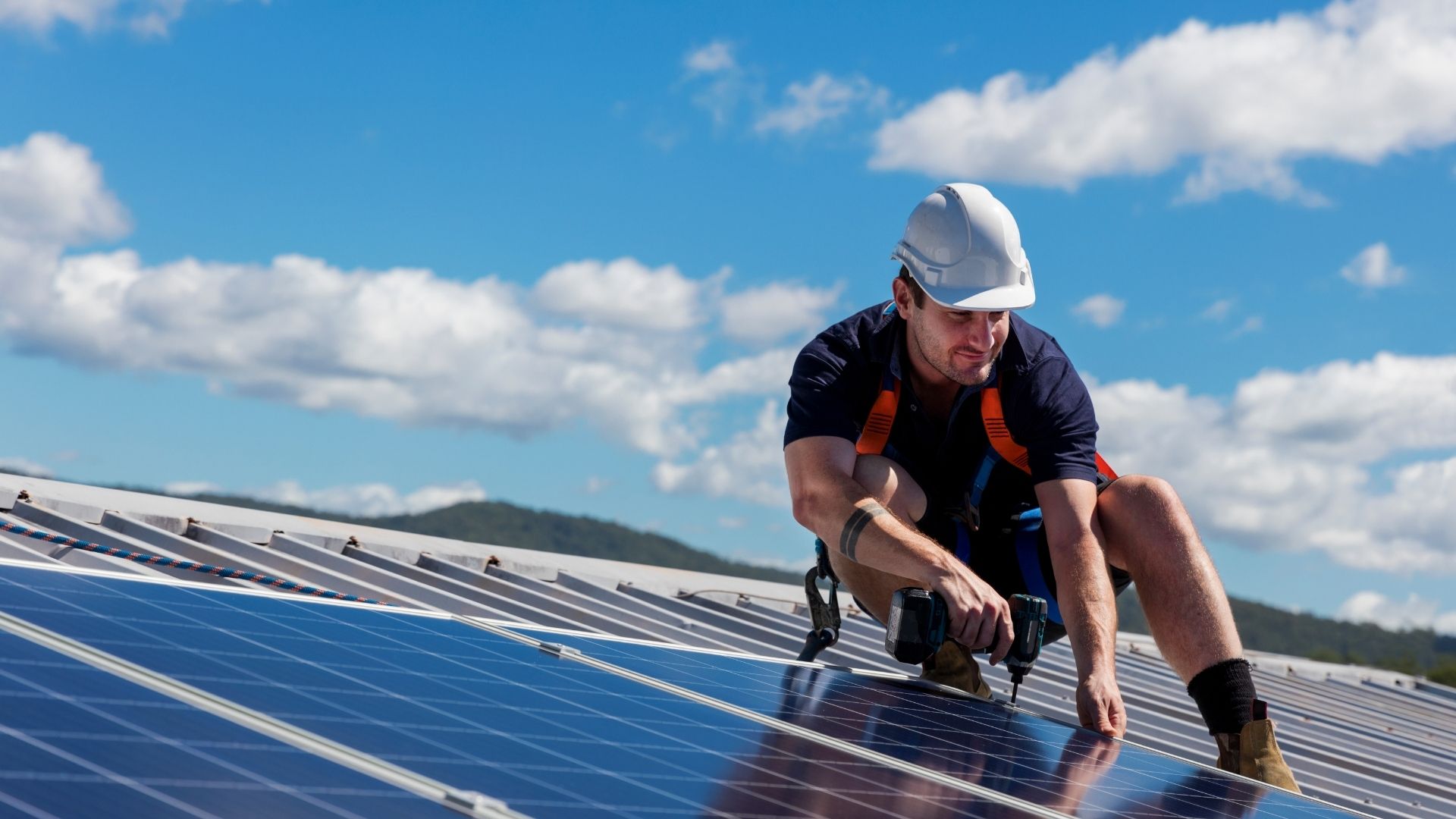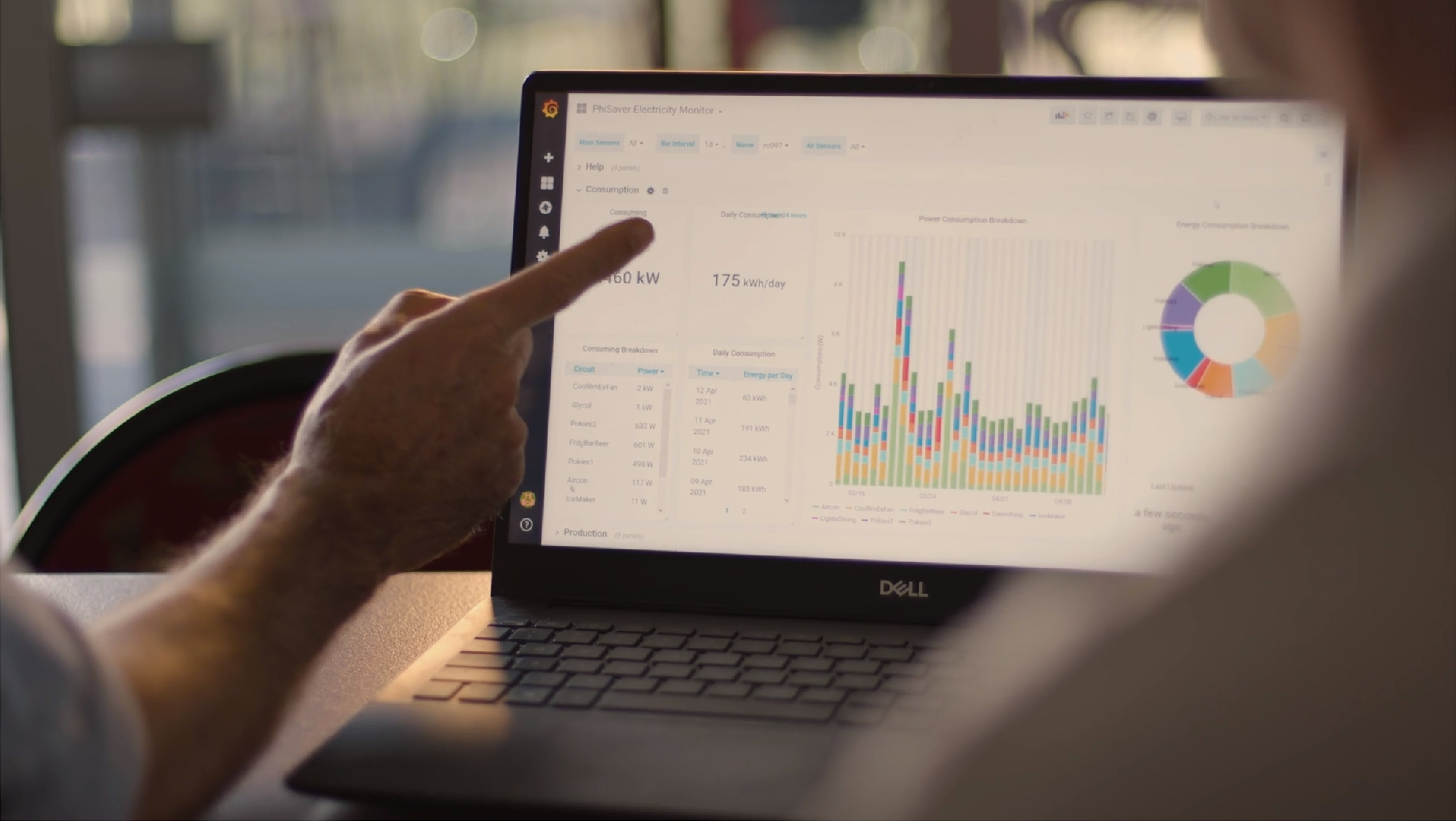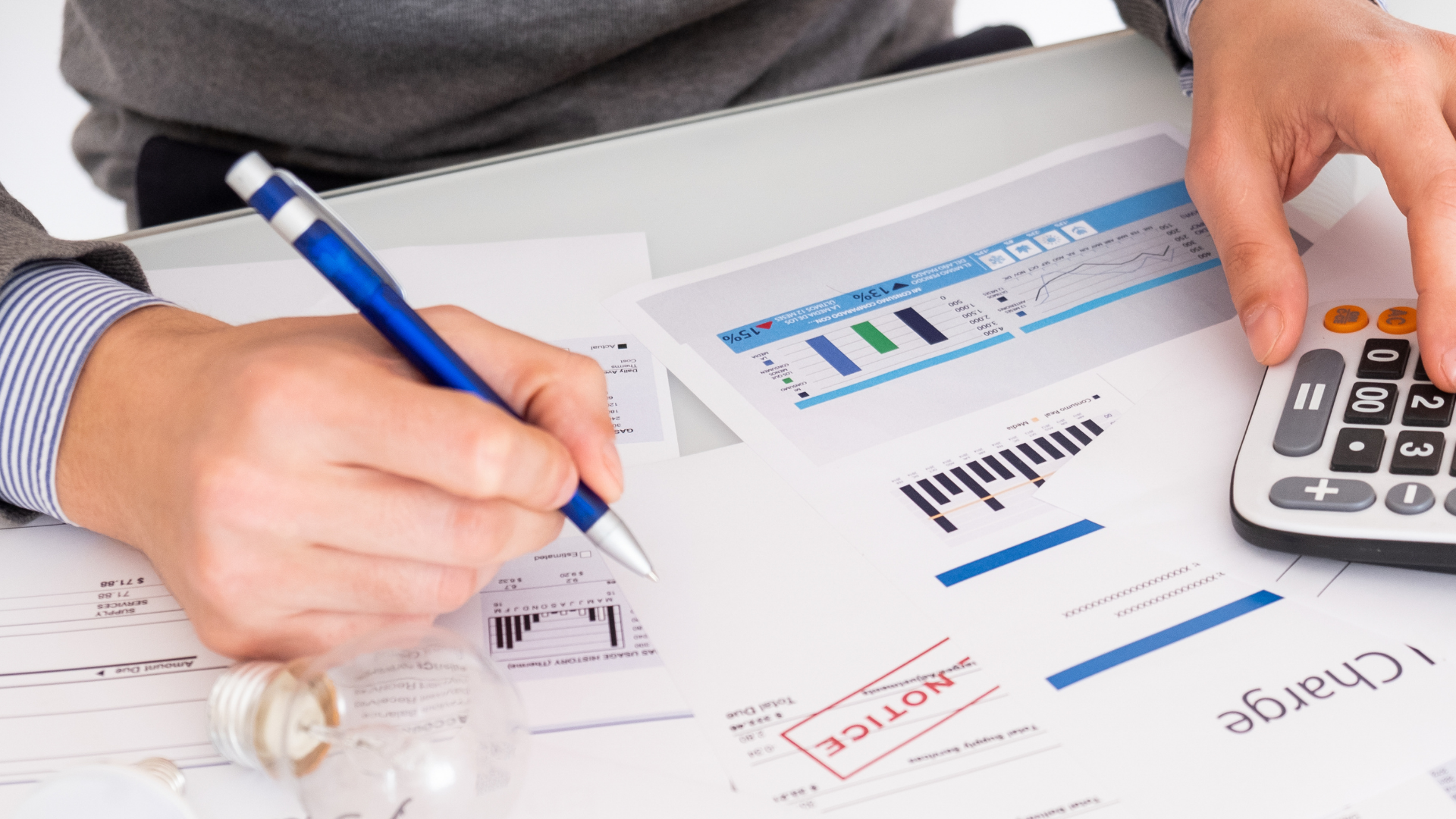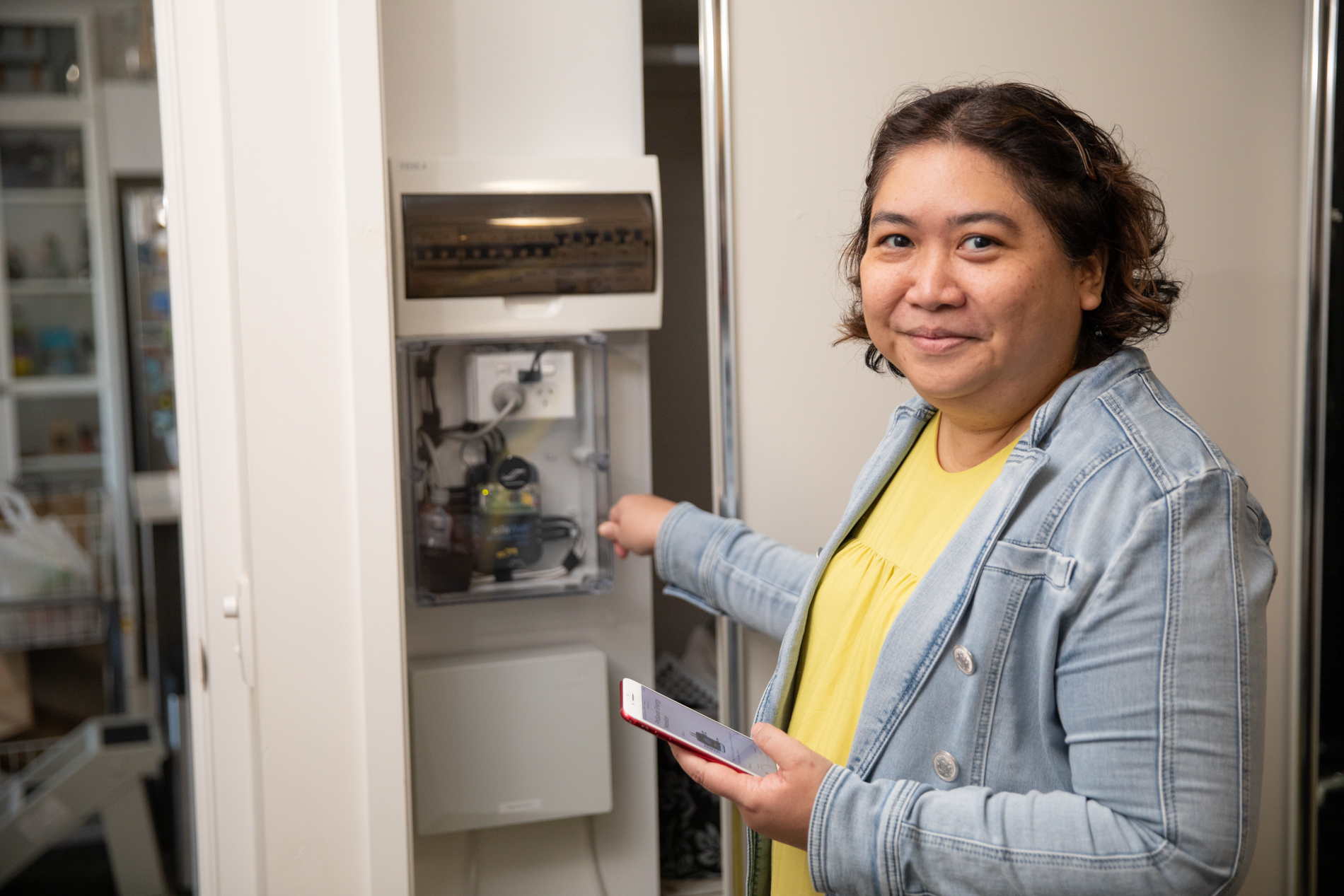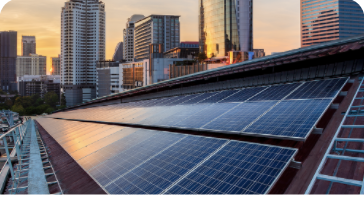SUSTAINABLE BUSINESS
Top tips to combat rising electricity prices
Five simple steps to help your business switch on the savings from electricity bills
If you’re a small business owner or manager, you’ve probably heard about the rises in energy prices. These have come about for many reasons, including rising wholesale costs, exacerbated by international events, extreme weather events and unplanned outages at generators.
But what does it mean for your business and your operations?
As of July 1 2022, new tariff rates came into effect, which will see your electricity provider increase its prices. To safeguard businesses against unjustifiably high prices, the Australian Energy Regulator has capped price rises for small businesses in Southeast Queensland at 12.8%.
Still, a rise in energy prices is not insignificant, especially if electricity is one of your biggest overheads, like 29% of Australian Small and Medium Enterprises (SMEs). Coming off the back of a tough three years – COVID-19 pandemic, recession and floods, the price rises will further contribute to the financial strain that small businesses are already facing. However, there is a silver lining:
You have more control of your energy bill than you may think.
While energy can seem complex, there are five key considerations to help you keep up with your bills and manage (or reduce) your energy consumption and costs.
1. Know what is contributing to your bill
If you know where you are using energy, then you have more visibility in reducing your usage and costs. Every business uses energy differently. However, in general terms, most businesses’ main uses of energy are heating and cooling (air-conditioning), lighting and equipment. Sectors such as hospitality and manufacturing may also significantly use refrigeration and hot water.
Using our energy calculator is a simple way to understand your industry’s average energy and cost breakdown. The below diagram sourced from the energy calculator highlights the average energy and cost breakdown of a typical restaurant using 85kWh of energy a day:
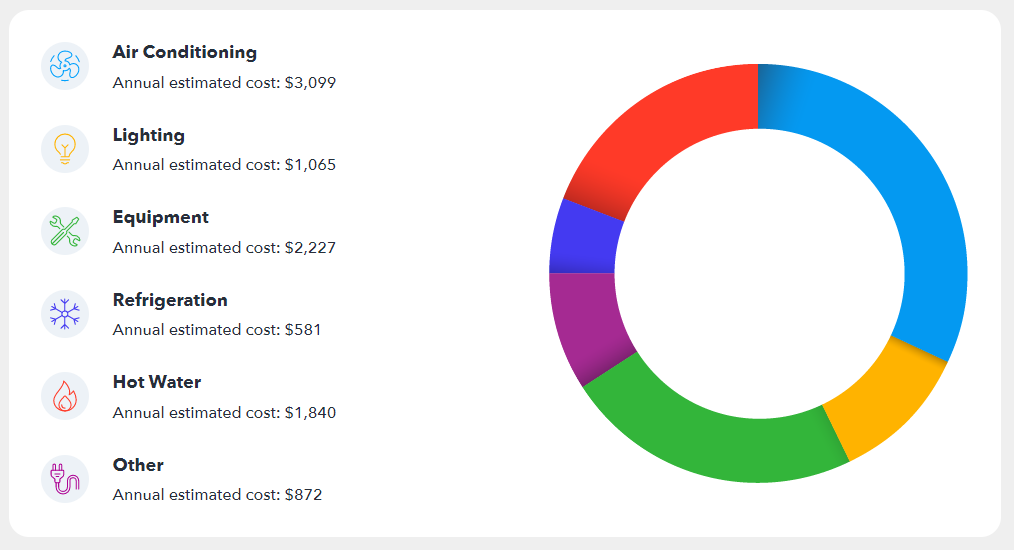
If you want to get specific, consider installing an energy monitoring system to understand exactly where you are using energy. While that may seem complicated, products on the market, such as the Brisbane-based PhiSaver energy monitoring system, make it easy to see in real-time where energy is used and is a solution suitable for even the smallest business. It works by fitting an electronic device to your switchboard and using an interactive dashboard on your computer or mobile that displays where your energy is being used (or wasted).

2. Know your tariff and when you are consuming energy
If you know when you are consuming energy and the tariff you’re on (for example, time of use, single rate, demand, control load and solar export), you can make decisions to reduce your energy costs. You can find out your tariffs by checking your electricity bill and you can learn more in this article about the different tariffs available to South East Queensland businesses to check if you’re on the best tariff for your needs.
For example, if you have an office-based business with typical office hours from 8am – 5pm on a time-of-use tariff, you may be paying a reduced electricity rate during the day, until 4pm, and then switching over to a more expensive rate. You may wish to consider installing sensor LED lights that will switch off in certain sections of the office as employees go home. It’s also a good idea to ask employees to turn off equipment such as printers, computers and monitors as they leave.
Else, if you operate a restaurant with a daily dinner rush from 5pm – 9pm (as can be seen in the below diagram from our energy calculator), and your electricity plan has a 4pm – 8pm peak period time of use tariff, this dinner rush happens during the expensive peak period. You may be paying double to operate during that time. In this case, you may wish to consider opting for a single rate tariff, or shift some non-essential tasks to earlier in the day.
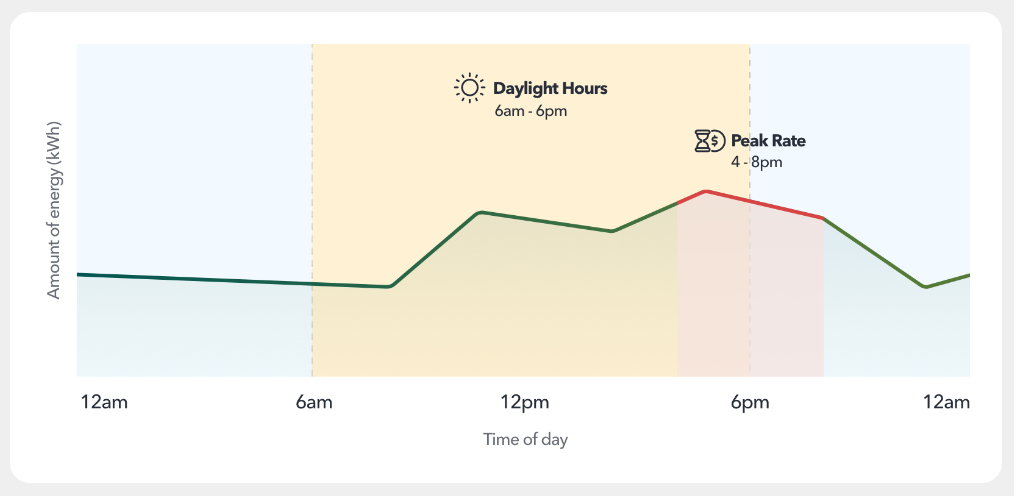
3. Take steps to reduce your energy use
When you know the ‘what’, ‘when’ and ‘how much’ relating to your energy use, you’re in a much better position to make informed decisions about ‘where’ to take action to reduce your business’s energy use.
You can take a range of simple steps to manage your energy use and costs. For example, SCODY, a West End-based manufacturer of sports clothing, upgraded their lighting to LED and at the same time installed a solar system, reducing annual energy costs by $20,000!
Gadens Lawyers, with 6,000m2 of office space had annual energy costs of $90,000. To reduce this expenditure, they took on a CitySwitch challenge and launched a behaviour change campaign among their staff, including printing on double-sided pages, using emails and staff meetings to educate staff on energy-efficient behaviour and promoting ‘switch-off’ campaigns for lights and computers. They achieved a saving of 20% on their energy costs.
There are several energy-saving actions your business can take across air-conditioning, lighting, equipment use and refrigeration. Take the energy calculator to get a tailored list of no-cost, low-cost and smart-investment actions your business can take to start reducing your energy use.
4. Shop around to ensure you’re on the best deal
Each year, the Australian Energy Regulator sets a default market offer that comes into effect in July to act as a reference price on bills so customers can compare plans and be protected from unjustifiably high prices. Even so, according to the ECA (2021), the difference between the lowest and highest cost energy plan in South East Queensland can be up to 20% – a potentially great saving for any business. To find out the ins-and-outs of what you’re looking for when comparing plans, we’ve compiled some handy hints and tips so you can understand if you could be getting a better deal and reducing your energy costs.
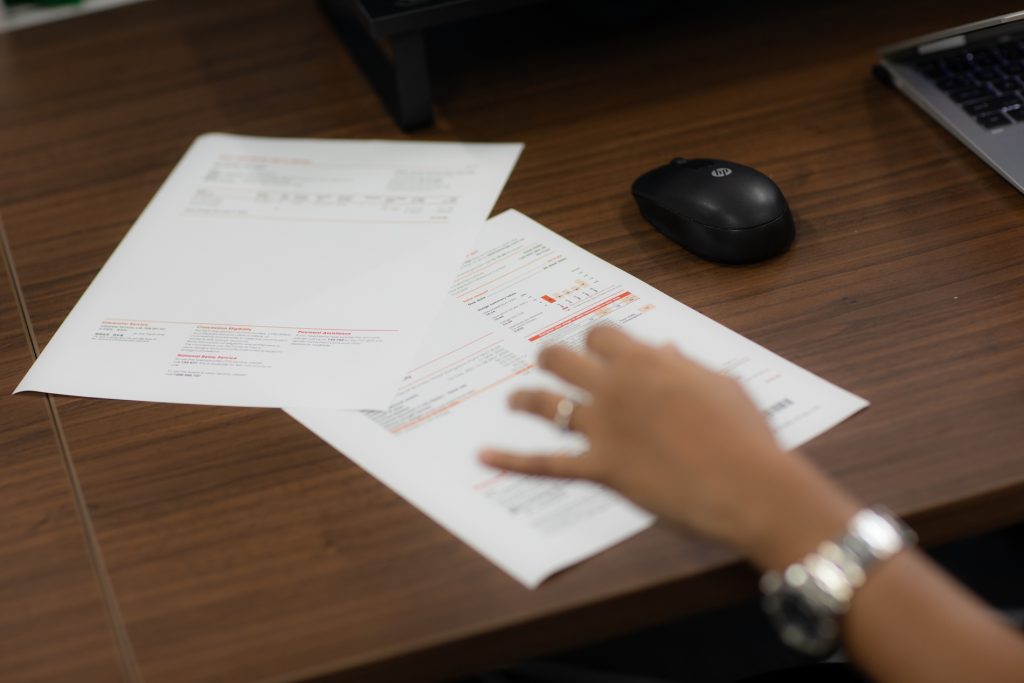
5. If you’re experiencing hardship, help is available
If your business is feeling the pinch and you’re having trouble paying energy bills, reach out to your energy provider to discuss payment flexibility. Energy retailers are bound under National Energy Retail Rules to provide customer payment plans and hardship programs. In other words, they are there to help.
What’s more, there are a number of free programs available to small and medium businesses in Brisbane, to help you to reduce the amount of energy you consume and pay for.
- Compare your electricity spending to other businesses like yours online through this Australian Government website https://www.checkyourenergyspend.com.au/
- Compare electricity plans for all retailers at https://energymadeeasy.com.au
- Business Energy Advice Program provides small and medium businesses (6 – 20 staff) with a free energy advice consultation
- Receive an energy audit and coaching from a qualified expert through the Chamber of Commerce and Industry Queensland (CCIQ) Ecobiz Program
Where to next?
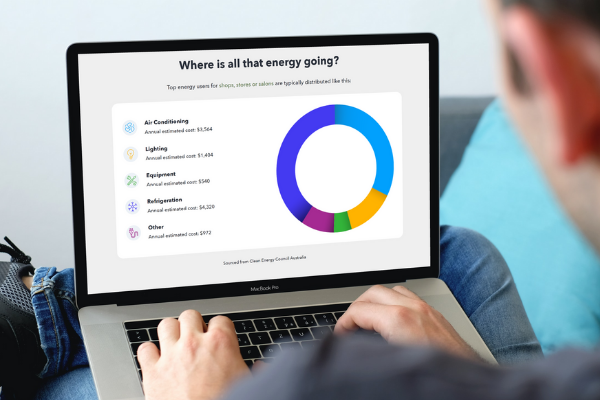
Switch on the savings
Use our energy calculator to see how you compare to other businesses in your industry and learn simple tips to start lowering your electricity bills today.


